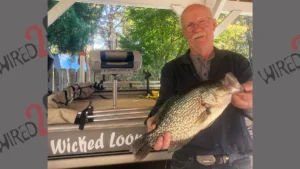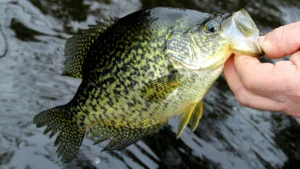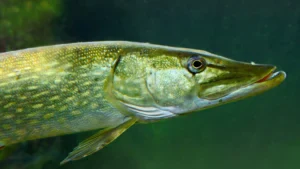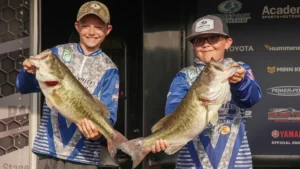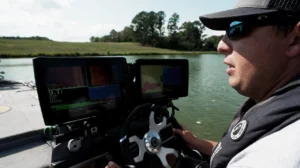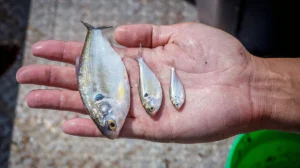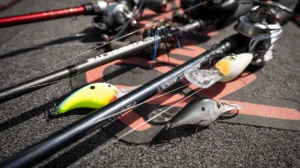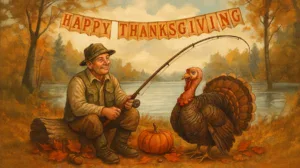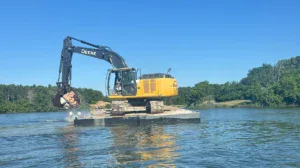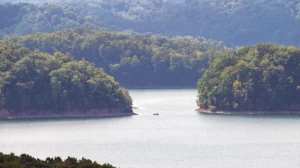Thanks to a catch and kill order put in place last spring, injured raptors are feasting on fresh fish, courtesy of Nova Scotia’s anglers. Pickerel from across Nova Scotia are being donated to the Cobequid Wildlife Rehabilitation Centre, where bald eagles eat well until they are healthy enough to go back to the wild.
“They definitely enjoy eating that type of fish,” said Brittany Green, a longtime volunteer at the center, in an interview with CBC. “They do like the big fish, for sure.”
And big trouble is exactly what chain pickerel have brought to Nova Scotia’s lakes and rivers since being illegally introduced in the 1940s. The aggressive predators, marked by their signature black chain-like pattern, have chewed through populations of native trout and salmon, throwing delicate ecosystems out of balance. Now, they’re on the menu — and under government orders to be removed.
Catch, Keep, and Contribute
As of April 2025, anglers across Nova Scotia are required by law to kill every chain pickerel they catch. According to the Nova Scotia Department of Fisheries and Aquaculture, it is now “mandatory to retain all chain pickerel in all waters of Nova Scotia.” The same applies to smallmouth bass in designated zones; failure to comply could result in fines ranging from $100,000 to $500,000 and up to two years in jail.
While anglers have voiced concerns about losing access to sport fishing opportunities, many of the kept fish are now being put to a good use. Thanks to consistent fish donations, anglers are not only helping protect the province’s native fish, they’re also fueling the rehabilitation of injured bald eagles at the wildlife center.
“Without local anglers, we’d have a much harder time feeding this many eagles,” said Dr. Jessica Rock, a veterinarian and vice-chair of the center’s board, in the CBC report.
Birds of Prey, Preying on Invasives
The Cobequid Wildlife Rehabilitation Centre, tucked into rural Colchester County, is home to dozens of recovering raptors, many of them bald eagles. Each bird can eat several pounds of food per day, and with chain pickerel now flowing into the center regularly, it’s a win-win for wildlife.
But it’s not as simple as tossing fish over a fence. Every donation is X-rayed to ensure it’s free from hooks, lead, or other dangers before it’s served. The eagles, still wild at heart, wait until their human caretakers are gone before descending to devour their fishy feast.
The impact is twofold: Pickerel numbers get chipped away, and Nova Scotia’s national bird gets the calories it needs to recover and return to the wild.
Anglers Banding Together
What began as an ecological disaster has turned into an unlikely alliance between land-based fishermen and their airborne counterparts.
“For me,” Green said, “seeing that partnership between anglers and caregivers really pay off is so meaningful.”
With continued enforcement of the catch-and-kill regulations, officials hope to slow the spread of invasive fish across the province. And as long as pickerel keep coming, Nova Scotia’s bald eagles will keep biting.


